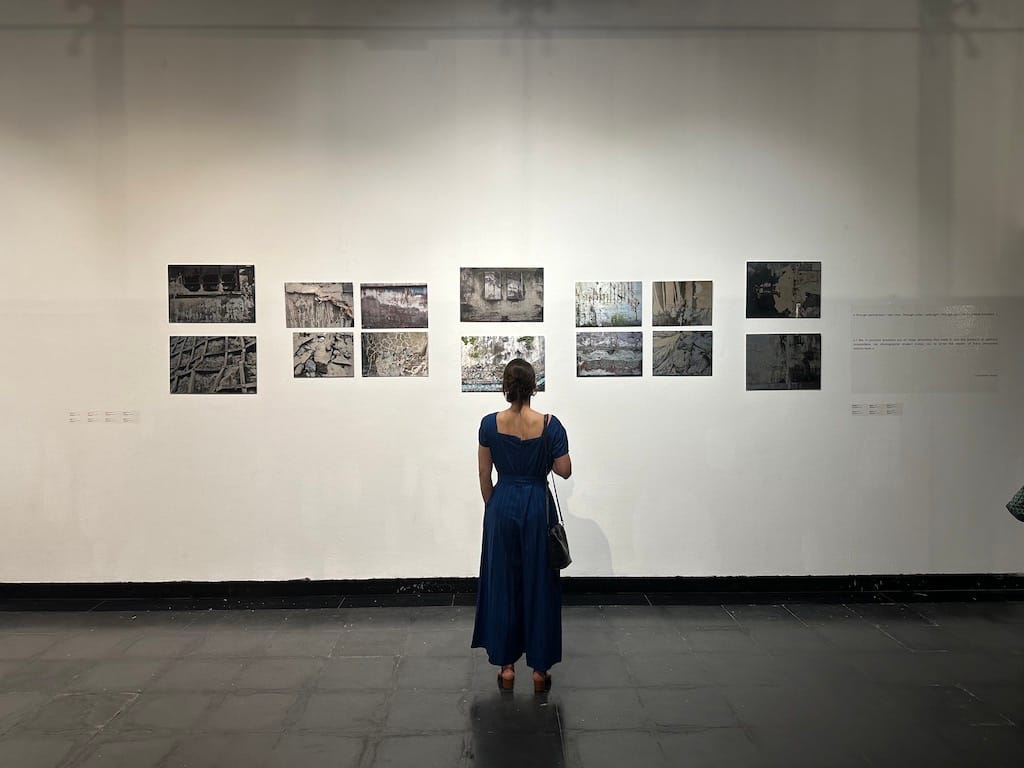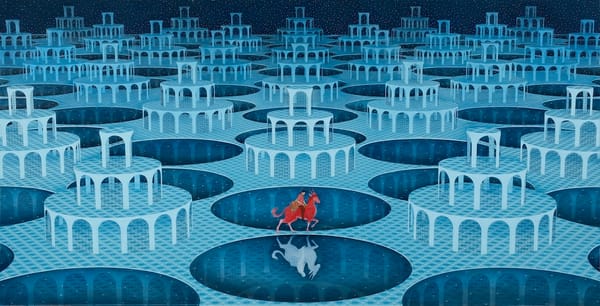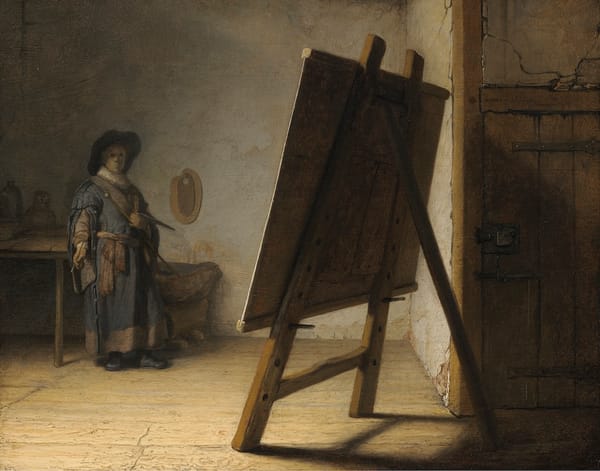From Courtrooms to Canvases: Lorraine Thiria’s Exploration of Abstract Art
Lorraine Thiria’s art explores the abstract beauty of walls, deconstructing reality to reveal emotional landscapes. Her journey from law to art brings a unique perspective, merging the precision of legal practice with the freedom of artistic expression.
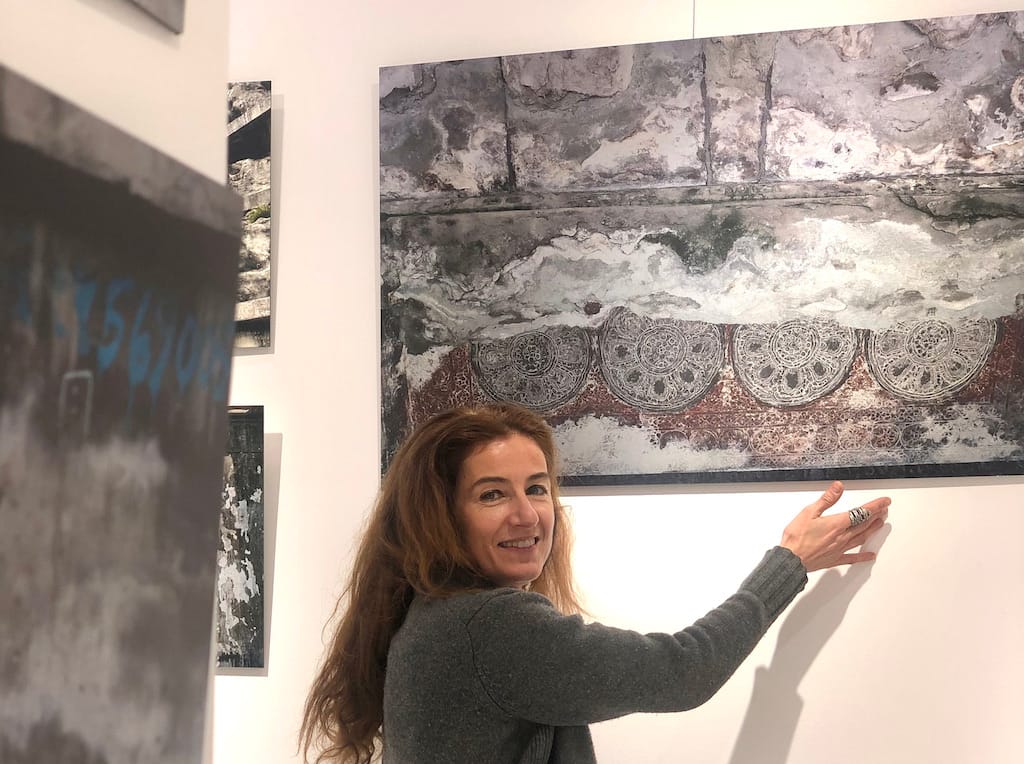
Lorraine Thiria, a Paris-born artist, made a profound shift from a two-decade career in law—advocating for women’s and children’s rights—to fully embracing the world of art. With formal training at the Versailles School of Mural Art and École Boulle, Lorraine has uniquely positioned herself in the art world, merging legal precision with deep sensitivity to visual expression. Her work transcends traditional boundaries, blending painting and photography to capture the abstract beauty of walls and the stories they tell. In this interview, Lorraine delves into her artistic journey, exploring how her experiences, both in law and art, have shaped her unique approach to transforming the tangible into the ethereal, reflecting both her inner journeys and distant travels.
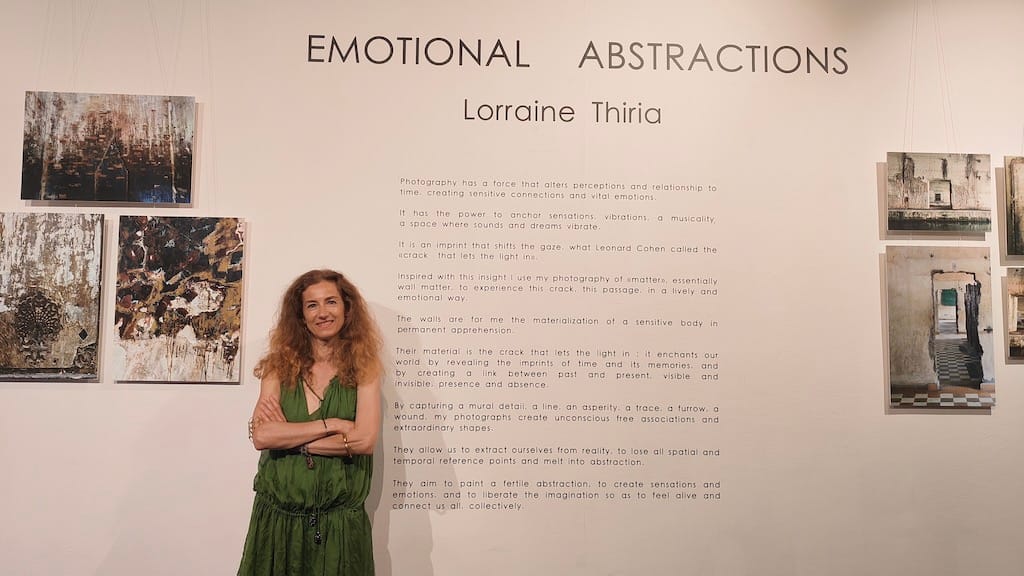
Serenade Team: Your transition from a two-decade career in law, focusing on women’s and children’s rights, to a full-time artist is remarkable. What prompted this shift, and how has your legal background influenced your artistic practice?
Lorraine Thiria: For twenty years, I specialized in defending the rights of women and children at risk, using my legal knowledge to address injustice and give victims a voice. Though I was passionate about my work, the demands of the legal profession became incompatible with my personal life, especially as a mother of three young children. Simultaneously, I harbored a deep passion for painting, frequently visiting exhibitions, reading art essays, and creating abstract compositions as a self-taught artist.
Ultimately, I had to choose between law and painting. I chose art, but my legal skills have continued to serve me well. They help in various aspects of my artistic career, from exhibition planning to navigating the legalities of art transactions. This dual expertise enables me to manage the administrative aspects of my work efficiently, allowing me to focus on creation. This combination of skills is also valued by my contacts, who appreciate my professionalism.
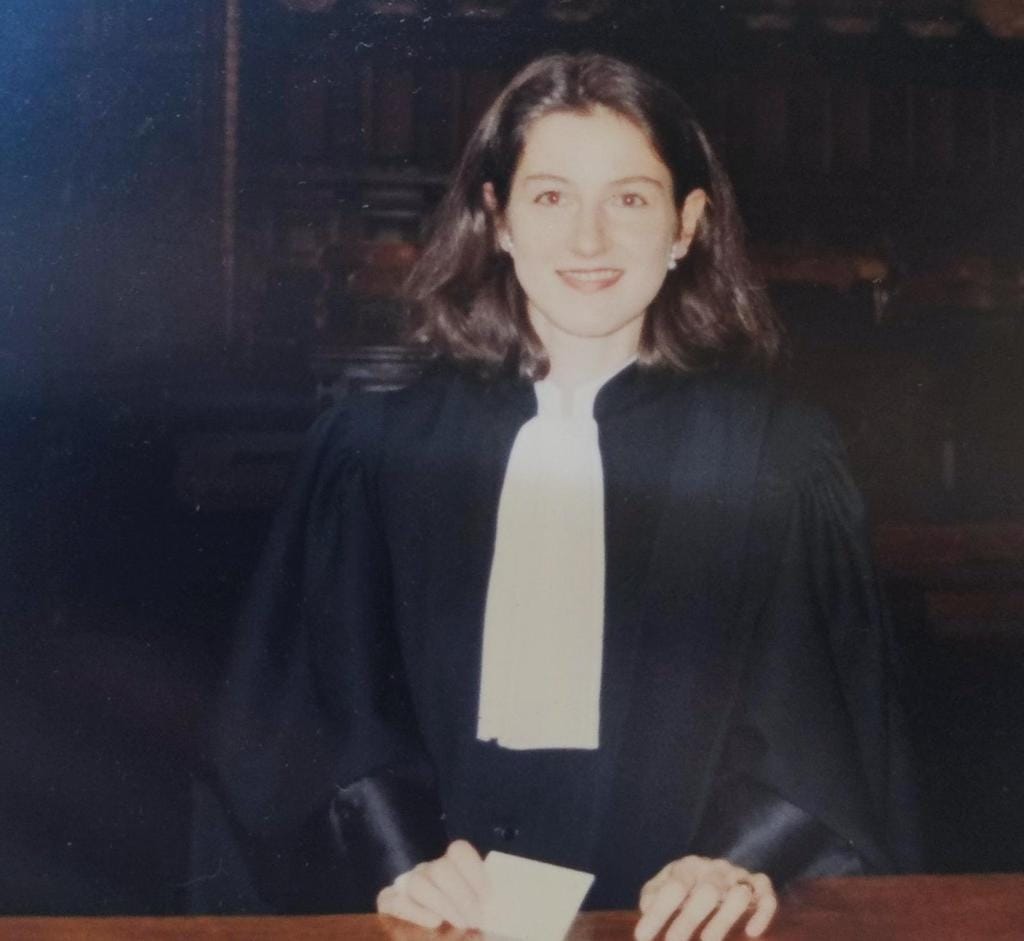
ST: Your training at the Versailles School of Mural Art and École Boulle has clearly impacted your work. How does this formal education shape your approach to painting and photography?
LT: When I decided to leave the Paris Bar and pursue art, I was accepted into the École d'Art Mural de Versailles, where I learned the fundamentals of decorative painting. While these classical techniques were crucial to my development, I eventually sought to express myself in a more contemporary manner, aligned with my interest in abstraction. This led me to establish my own business as a decorative painter, creating unique, original works using various materials.
Later, my studies at École Boulle refined my sense of color and composition. During this time, I began using photographs of textures and surfaces I encountered on my travels as inspiration for my paintings. Over time, I realized that these photographs had a pictorial quality and could stand alone as independent works of art. This realization led me to work simultaneously in both painting and photography, with a growing focus on photography. My photographic work, deeply influenced by my painterly vision, deconstructs concrete reality into abstract forms, bridging the gap between these two mediums.
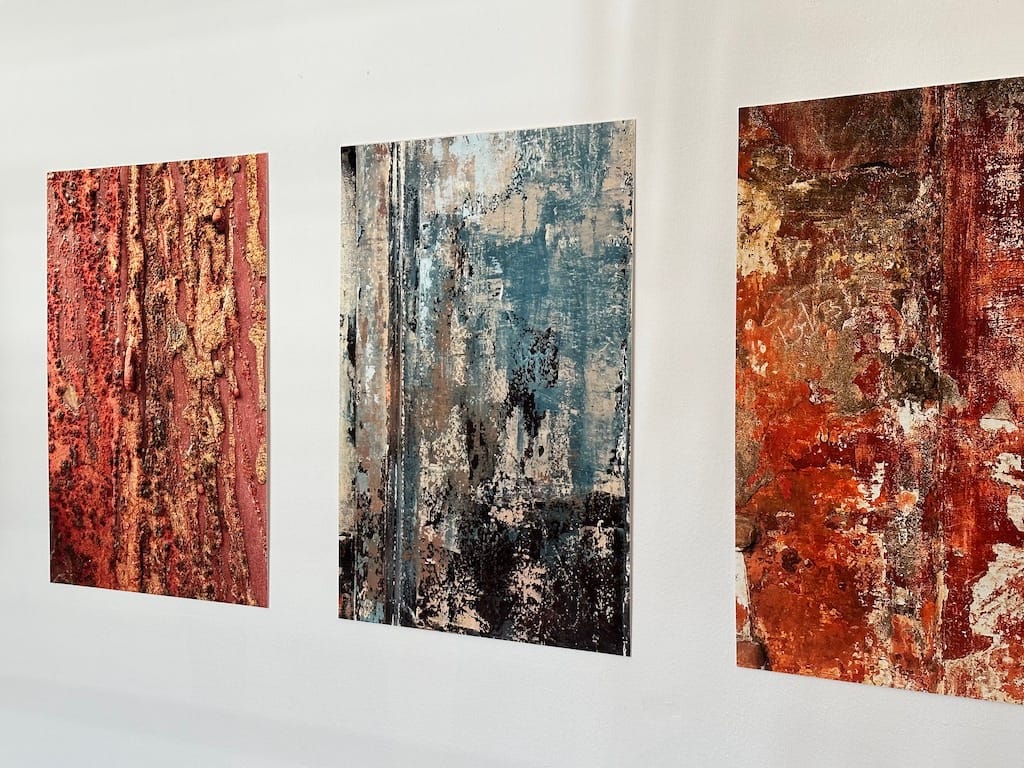
ST: Your work often blurs the lines between photography and painting. How do these two mediums complement each other in your practice, and what challenges do you face in merging them?
LT: I enjoy working with both painting and photography, and I often play with the boundaries between the two. For instance, I might paint on a photograph printed on glass or brushed aluminum, then photograph the result and print it on paper, creating layers of processes and interpretations. In another approach, I might exhibit a photograph of a wall alongside a painting that shares the same visual language, creating intentional ambiguity.
This blending of mediums allows me to explore abstraction and provoke the viewer to question what they are seeing—whether it is a painting, a photograph, or something in between. By isolating details and textures, I aim to evoke emotions through abstract forms. I don't see my process as a challenge but rather as an ongoing experiment, where I try, doubt, and evolve. The fusion of painting and photography works in various ways, and I continuously explore these possibilities.
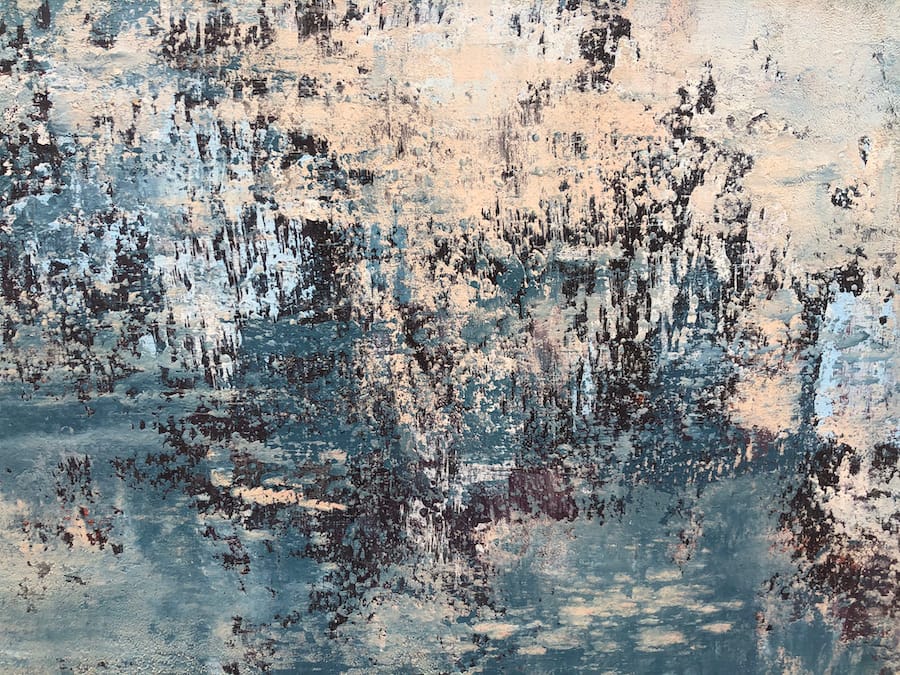
ST: You describe your photography as capturing the abstract beauty of walls and their "language." How do you select your subjects, and what emotions or stories do you aim to convey through your photographs?
LT: For me, walls are living, vibrant entities that carry memories and stories. I am drawn to their lines, textures, and imperfections—the traces of time etched into their surfaces. My process is intuitive; I don't choose a subject as much as the subject reveals itself to me. Through photography, I strive to capture the movement, colors, and textures of these surfaces, turning them into abstract compositions that question the meaning and history of walls.
My work expresses the passage of time and the emotional traces embedded in these surfaces. I experiment with how space is altered by these elements, redefining the boundary between presence and absence to reveal the invisible stories walls can tell. My photographs are an attempt to translate and share this universal language, extracting beauty and creating a poetic, dreamlike narrative through abstract imagery.
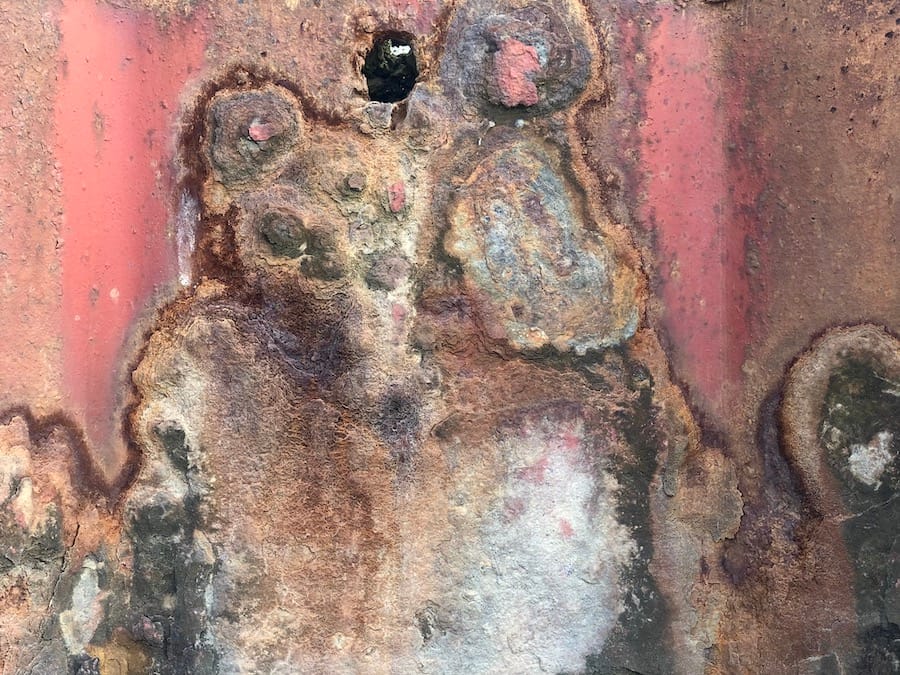
ST: You have exhibited your work internationally, from Paris to Busan, Kuala Lumpur, Kyoto, and Delhi. How have these diverse cultural settings influenced your artistic development and the reception of your work?
LT: My photography of matter, which has been a persistent theme in my work for many years, provokes emotions that I strive to express. Exhibiting my work internationally has allowed me to immerse myself in the cultures of the countries I visit, and this immersion has influenced my photography. For example, during my last exhibition at the Romain Rolland gallery in Delhi, the public could connect with my abstract representations of familiar Indian places, despite the abstract nature of the works.
This experience highlighted the universality of the visual language I employ, where viewers can feel emotionally linked to different places, even without having visited them. I find this connection essential and enjoy exploring new cities, such as Calcutta, where I am drawn to the stories that dilapidated walls tell. My work then involves translating and revealing these stories using my abstract, pictorial codes.
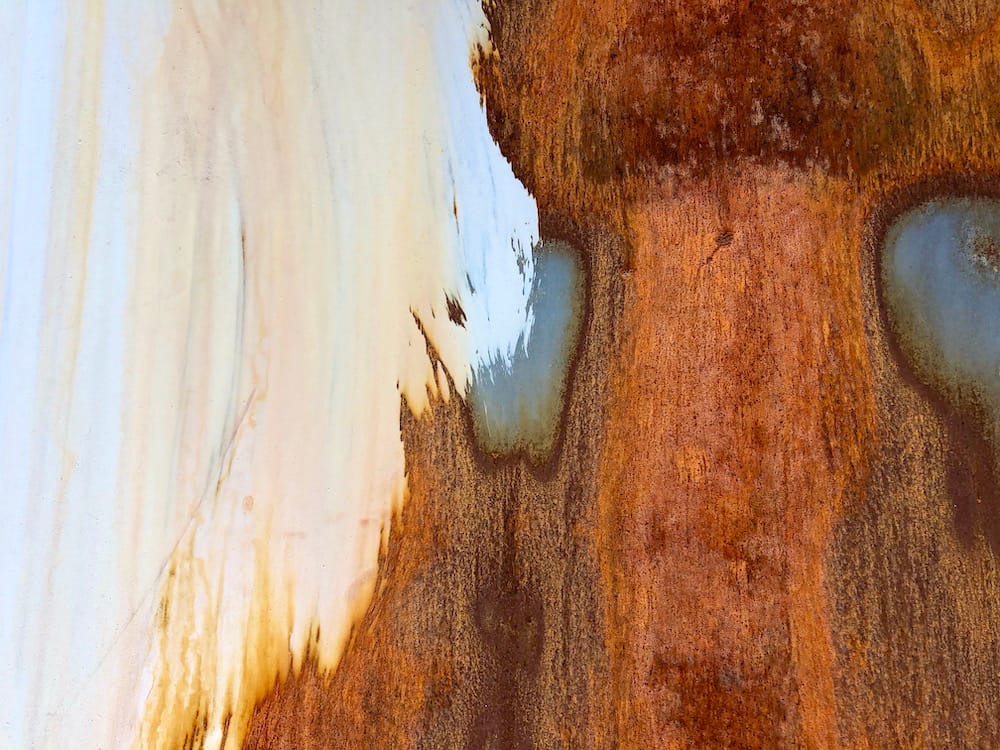
ST: In 2023, you collaborated with your daughter on a photographic series. How did this mother-daughter dynamic influence the creation process and the final artwork?
LT: My daughter, Sarah RINGRAVE, is a multidisciplinary artist whose work focuses on the body. We have collaborated twice and are planning another exhibition together. Earlier this year, we presented a joint exhibition titled "Mater Memoriae," where we realized that our distinct artistic investigations were interconnected. Both of us explore matter, leaving traces and memories in our work—mine through abstract, sculptural interpretations, and hers through figurative, organic representations.
This collaboration was a rich and essential exploration of our roots and origins, strengthening our relationship despite the physical distance between us, as Sarah now lives in New York. We continue to discuss our research, creations, and doubts, and our artistic dialogue remains vibrant.
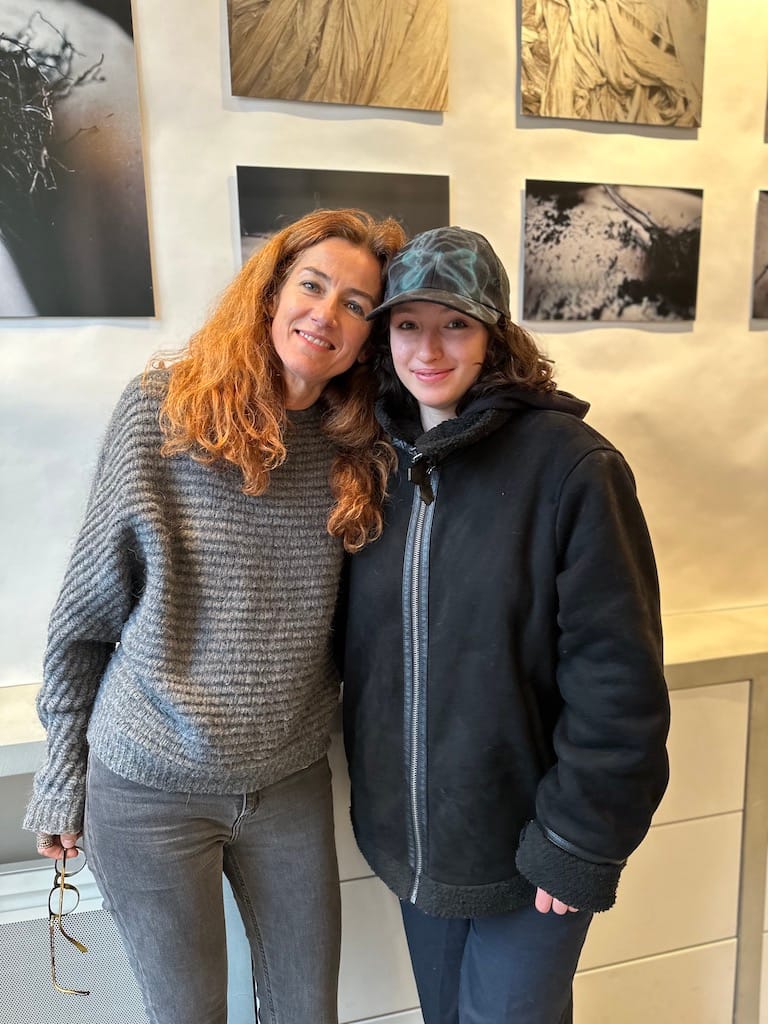
ST: Looking ahead, are there any new themes, techniques, or collaborations you are excited to explore in your upcoming projects? How do you see your artistic journey evolving in the next few years?
LT: I recently began experimenting with photographic printing on glass plates, inspired by the luminous environment of my exhibition in Delhi. This medium offers a new dimension to my work, complementing the brushed aluminum I have been using, which enhances the texture and three-dimensionality of the photographic subject. I am developing ideas for a glass-based scenography, though I will keep the details under wraps for now.
I have several projects in the works, including an exhibition of my photographs from Calcutta and Jodhpur, another collaboration with my daughter, and a residency in Jordan to explore stones. I am also planning an outdoor exhibition in Vietnam. Additionally, I am writing about my photography and research, as I believe that this reflective process is integral to my artistic practice. The themes of matter, time, and memory continue to captivate me, and I anticipate a lifetime of exploring and revealing their language.
